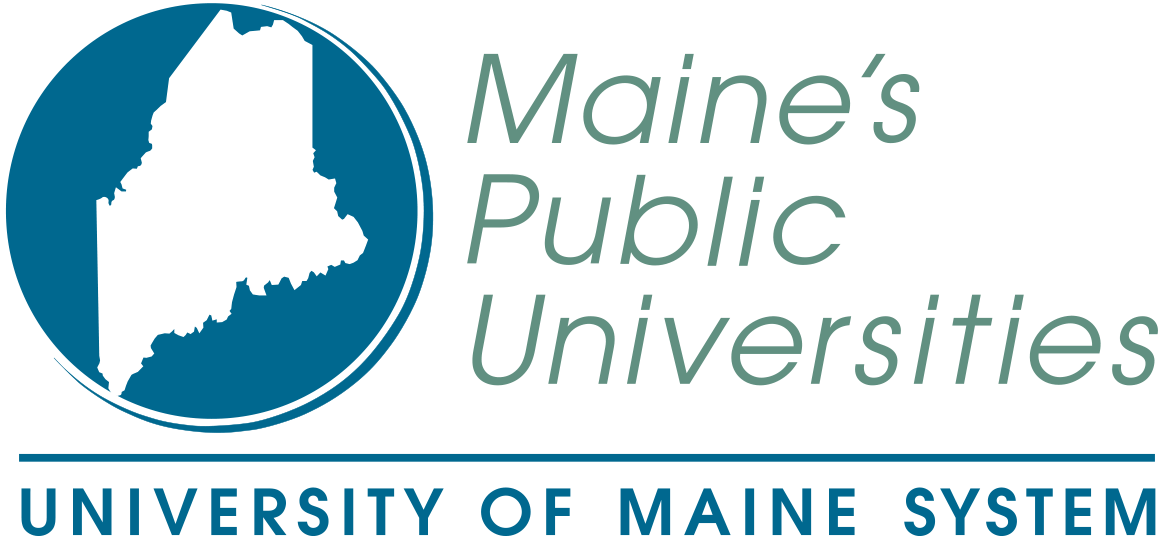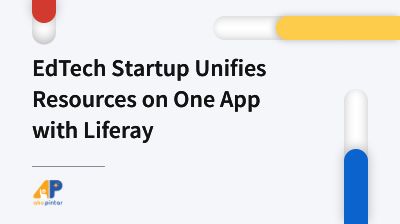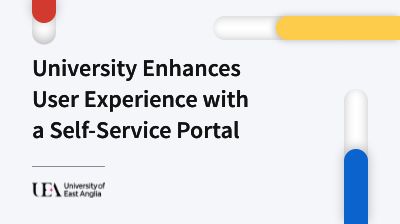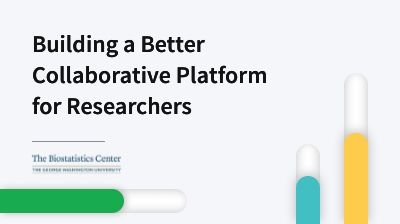The University of Maine System uses Liferay to power their portal for students, faculty, and staff across seven universities and the University of Maine School of Law.
University’s Self-Service Portal Gives 40,000 Users Easy Access to Important Resources
40,000+
Active Users
7
universities served
$1.5B
in economic impact
Outline
Jump to Section
Key Takeaways
- Equip your content managers of all skill levels.
With Liferay’s straightforward content capabilities, hundreds of users can create and manage content for a wide variety of audiences. - Create one place for all your users to log in for easy, lower-cost maintenance.
Because the University of Maine System serves all of Maine, the self-service portal is a critical tool to unify students, faculty, and staff. - Provide secure and flexible authentication and authorization options.
Users are able to safely log in once and access only what they need to, including many integrated external platforms and resources via SSO (Single Sign-On.)
Background
With an annual enrollment of almost 30,000 students, seven universities throughout Maine, and a law school, the University of Maine System contributes an estimated $1.5 billion to the statewide economy and positively impacts the lives of hundreds of thousands of residents each year.
Liferay Solutions
Ready to see what Liferay can do?
Challenges
Having used the Liferay Portal platform for over ten years, the University of Maine System was reaching end-of-life support for their self-service portal, which was on a legacy version of Liferay. Their outdated portal also had a number of problems, including slow search and lack of accessibility.
Because the portal is so crucial to the university for its time and cost-savings, the university’s IT team made it a priority to improve and maintain the solution. As they were thinking of upgrading to Liferay DXP, the University of Maine System outlined goals for their post-upgrade solution:
Because the portal is so crucial to the university for its time and cost-savings, the university’s IT team made it a priority to improve and maintain the solution. As they were thinking of upgrading to Liferay DXP, the University of Maine System outlined goals for their post-upgrade solution:
- Implement a system to support Single Sign-On (SSO).
With users needing to access multiple external resources, sometimes multiple times a day, the team wanted the updated portal to connect users easily and seamlessly. - Provide universities and system offices with a comprehensive content management system.
Hundreds of users needed to inhabit dozens of different, permissions-specific roles to create, edit, and manage personalized content for thousands of end users. - Address existing issues.
The outdated portal had a number of problems, including slow search and a lack of adherence to accessibility standards because of limited platform functionality.
Implementation
The University of Maine System initially chose Liferay for its flexibility and open-source philosophy, and when evaluating whether or not to make the big move to Liferay DXP, these factors remained important. The team also wanted to take the opportunity to upgrade their own technology and frameworks.
With assistance from XTIVIA, a participating partner in the Liferay Partner Program, and Liferay Support, the University of Maine System completed a successful upgrade to Liferay DXP in a little over a year, rolling out their refreshed MyCampus portal to faculty, staff, students earning undergraduate and postgraduate degrees, and alumni. The portal uses a combination of out-of-the box features and customizations to fulfill the team’s vision.
With assistance from XTIVIA, a participating partner in the Liferay Partner Program, and Liferay Support, the University of Maine System completed a successful upgrade to Liferay DXP in a little over a year, rolling out their refreshed MyCampus portal to faculty, staff, students earning undergraduate and postgraduate degrees, and alumni. The portal uses a combination of out-of-the box features and customizations to fulfill the team’s vision.
Results
As the single place users need to go, the MyCampus portal gives anyone with an active account access to the right internal and external resources. Students can find information about their enrollment and coursework, and faculty and staff can look at their benefits, manage their courses, and more. Because the portal serves people across all seven universities and a law school, it saves the team time and maintenance costs.
The upgraded MyCampus portal has been able to accomplish some of the team’s key goals with:
The upgraded MyCampus portal has been able to accomplish some of the team’s key goals with:
- Fast self-service options.
Users can quickly find resources and information on the portal by self-servicing, with enhanced features such as search through Elasticsearch. - Strong, secure identity management.
Integrating with the authentication system SAML and leveraging SSO, users can navigate to internal and external resources easily, improving their overall experience. - Easy and fine-grained content management.
With or without technical ability, users can create, edit, and maintain content for a diverse audience, without seeing anything they shouldn’t.
For the future, the team at the University of Maine System is interested in taking advantage of Liferay’s inline editing features and staying current on the most recent version. They’d also like to add more integrations on the MyCampus portal so the portal can continue to be a vital resource for all their users.




